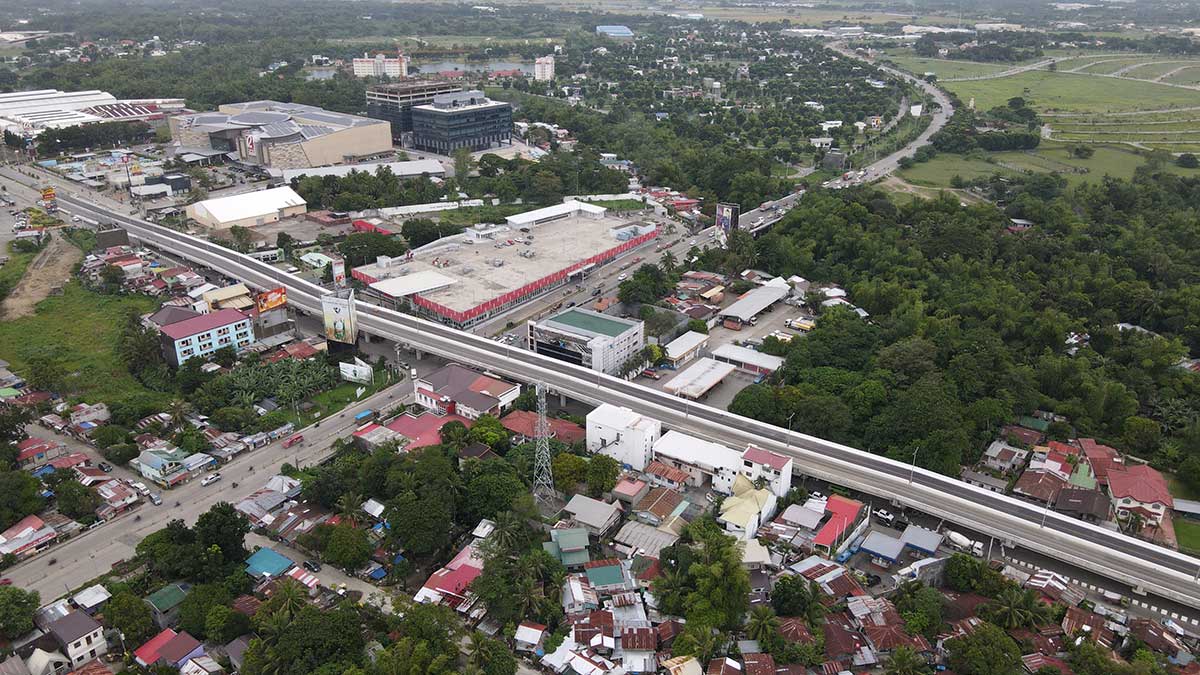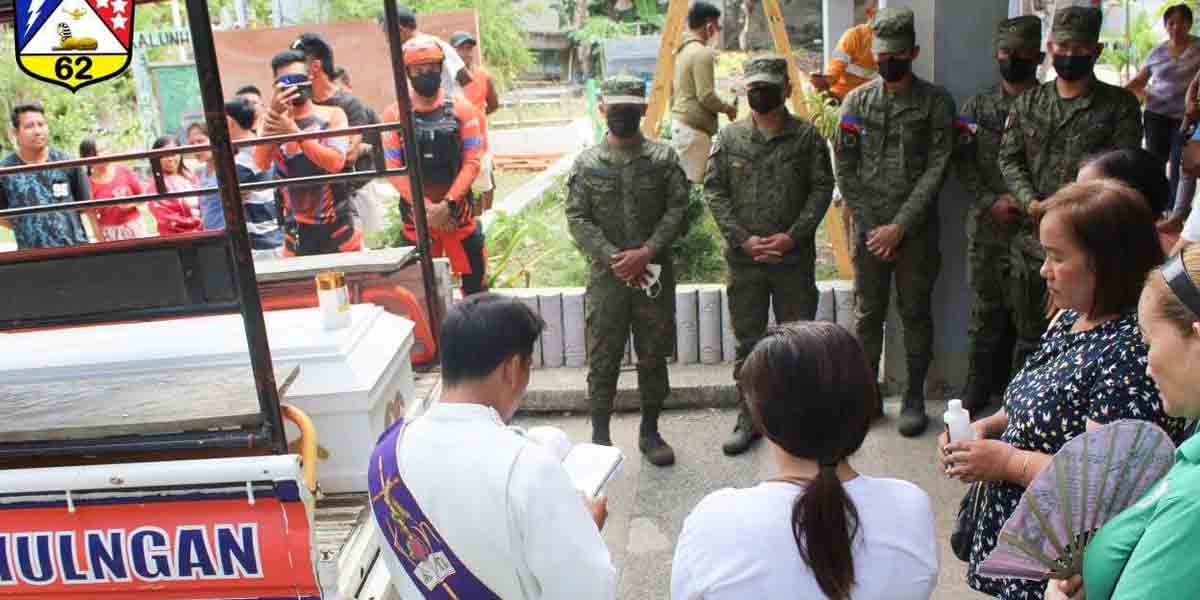
By Francis Allan L. Angelo
Motorists and commuters will have to wait a bit longer before they can again use the Ungka flyover between Iloilo City and Pavia town.
Engr. Jose Al Fruto, Department of Public Works and Highways (DPWH)-6 assistant regional director, told Daily Guardian they need at least three weeks to institute temporary shoring or buttressing of the three foundations of the P680-million flyover that manifested vertical movements (usmod).
Fruto said the temporary shoring or installation of steel support columns was recommended by the DPWH Bureau of Designs.
The regional office received the recommendation over the weekend, an indication that the DPWH central office is keeping an eye on the project facilitated by former Senator Franklin Drilon.
The flyover was closed to traffic days after Daily Guardian first reported that three of the structure’s 16 piers or foundations were moving for still undetermined reasons.
“The temporary shoring plan will use I-beams complemented by shoring jacks to stop the displacement or movement before we can proceed to the final engineering solution,” he added.
While they have already established displacements in the three piers, Fruto said the movements stopped when they closed the structure to vehicular traffic more than a week ago.
Experts told DG that a possible factor for the vertical displacement is the stability of three piers relative to the ground on which it was erected.
With the temporary solutions about to be implemented, Fruto said their central office has narrowed down the final solution to two options.
One of the final solutions is jet grouting, a ground improvement or soil stabilization method that involves “the injection of a stabilizing fluid into the subsoil (or the soil under treatment) under high pressure under high velocity.”
The injection process involves a certain amount of site preparation as well as injection equipment. The soil stabilization by jet grouting occurs due to the hardening of grouted fluid within the soil. These hardened bodies forms like cemented columns which are grouted in numerous numbers as per requirement, thus stabilizing the soil. These columns are called as jet columns or jet grouted columns. (https://theconstructor.org/geotechnical/jet-grouting-procedure-advantages/14470/)
Fruto said it would need at least three weeks for the shoring activities, just in time for the final engineering solution that the Bureau of Designs will recommend.
“We need three weeks for the shoring activities for the three locations. Upon completing the shoring works, deretso na sa final solution. That’s why we are asking more patience from our motorists as we want to assure the public of safety even if there were no major distress on the structure,” he added.
But how big was the displacement or movement in the three piers?
Sources told Daily Guardian that it could be as much as 40 centimeters since it was opened to traffic in early September.
But Fruto said did not cite any figure apart from the daily movement of between 0 and 3 centimeters on certain days.
He said their monitoring is focused on four points of the three affected piers – left side, middle left, right side, and middle right.
“We want to know if there is skewing to one side because of the movement so that our designers will be guided on the possible intervention. Maybe we can finish the shoring activities earlier than three weeks.”
Some experts recommended a coring test on the affected piers to determine if there are distress or fractures within the columns which might not be visible to the naked eye.
Fruto said they are indeed digging deeper into the affected parts of the flyover, including the coring test of the ground on which the piers were established.
He said they are wondering why only three of the 16 piers moved despite the use of similar engineering processes and techniques in the construction.
Pile driving method employs a soil coring test to determine the hardest strata or layer below the ground. Once the hardest strata are found or located, engineers can recommend the appropriate depth of the hole (in which to pour the concrete that will become the foundation or pier) and the commensurate pile length for uniform stability.
Fruto said they are confident that the piers met the appropriate concrete strength saying it would be impossible for the columns to disintegrate given that these carry concentrated loads.
“We’re going deeper 28 meters below to find out what really happened and why out of 16, only three piers moved. We are reviewing all the data to dig deeper into what happened,” he added.





















